Sassafras Tree (Sassafras Albidium) – 3 Gallon Pot
$84.97 Original price was: $84.97.$59.48Current price is: $59.48.
SKU: D2LSC 1987537188 Category: FRAGRANT PLANTS
- Unbeatable Quality Guaranteed
- Nature-friendly materials, 100%.
- Buy with confidence, backed by quality.
- Get Quality, Get More

Sassafras Tree
Sassafras albidium
Plant Details
USDA Plant Hardiness Zones: 4a-9b Find Your Zone
Plant Type: Deciduous Tree
Height at Maturity: 30-60′ depending on location
Width at Maturity: 25-40′ depending on location
Spacing: 45 feet for space between trees
Growth Habit / Form: Upright Pyramidal when young, Open Rounded with Age
Growth Rate: Moderate
Flower Color: Golden Chartreuse, Showy
Flower Size: 2″ clusters
Flowering Period: Spring
Flower Type: Clusters
Fragrant Flowers: Yes!
Foliage Color: Medium Green, Yellow in fall
Fragrant Foliage: Yes!
Berries: Yes
Berry Color: Blackish-Blue held in Red cup-shaped stems
Sun Needs: Full Sun or Part Shade
Water Needs: Average, drought tolerant when established
Soil Type: Clay, Loam, Sandy(amended), Silty
Soil Moisture / Drainage: Moist But Well-Drained, drought tolerant when established
Soil pH: 5.0 – 7.5
Maintenance / Care: Low to none
Attracts: Visual Attention, Beneficial Pollinators, Birds, Mammals
Resistances: Deer, Disease, Drought, Heat, Insect, Salty Soil
Description
There are so many fine attributes for the Sassafras tree that it’s difficult to know where to start. Very handsome, colorful, and exceptionally easy to grow, the Sassafras is a North American native tree that is sure to please. For starters, every part of this tree is fragrant, even the roots, which at one time were used to flavor root beer. In spring, abundant clusters of fragrant yellow-chartreuse flowers are followed by the emergence of highly attractive 4 to 7 inch long that come in three shapes: ovate, mitten-shaped and three-lobed. In summer, abundant clusters of attractive blue-black berries held in bright red cup-shaped receptacles adorn the tree, Fall brings yet another color show when the leaves turn shades of yellow, orange, red and purple. Matures to a dense, pyramidal tree up to 60′ tall but is usually seen at about half that size in landscapes. The mahogany-brown bark is deeply ridged and furrowed providing winter interest in the landscape.
Sassafras is the American Indian name used by the Spanish and French settlers in Florida in the middle of the 16th century and its oils were freely used in tonics as medical tonics. It was traditionally used, along with other substances like licorice root, mint, nutmeg, and more, to flavor root beer. Culinary uses have included sassafras tea, root beer flavoring and a gumbo-thickening agent called filé.
Wildlife Value
Bluebirds, red-eyed vireos, quail, wild turkeys, kingbirds, crested flycatchers, mockingbirds, sapsuckers, pileated woodpeckers, yellowthroat warblers and phoebes feed on the berries in summer. Sassafras is a host to the Imperial Moth larvae which have one brood per season and appear from April to October in the south. This plant also supports Spicebush Swallowtail larvae which have 2 generations per year from April to October. The Spicebush, another great North American native plant!
Host to the Imperial Moth
Landscape & Garden Uses
Growing 30 to 60 feet tall and 25 to 40 feet wide with an upright pyramid form when young that transitions to an upright rounded vase shape with age, the Sassafras Tree is ideal for use as a specimen or in grouping in landscape and woodland borders. A fine addition to bird and wildlife gardens, native plant gardens, edible gardens and cottage gardens.
Suggested Spacing: 45 feet for space between trees
Growing Preferences
The Sassafras Tree grows best in most any moist but well-drained soil of average fertility and full to mostly sun. Established trees are very drought tolerant. Light shade is tolerated.
Note: Find helpful advice from our experts under the Planting & Care tab above on desktop screens and below on mobile phones.
Plant Long & Prosper!
Meet The Wilson Brothers & Staff
Questions? Contact Us
Be the first to review “Sassafras Tree (Sassafras Albidium) – 3 Gallon Pot” Cancel reply
Related products
Sale!
FRAGRANT PLANTS
Sale!
FRAGRANT PLANTS
Sale!
FRAGRANT PLANTS
Sale!
FRAGRANT PLANTS
Sale!
FRAGRANT PLANTS
Sale!
Sale!
FRAGRANT PLANTS
Sale!

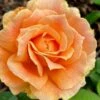
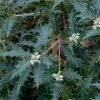

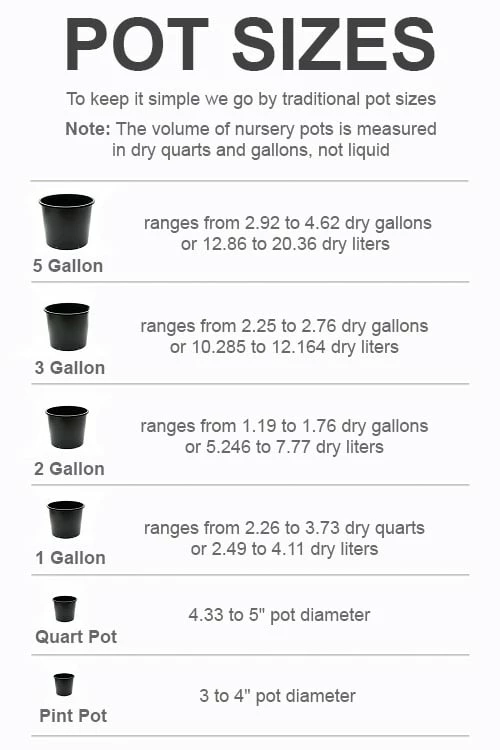

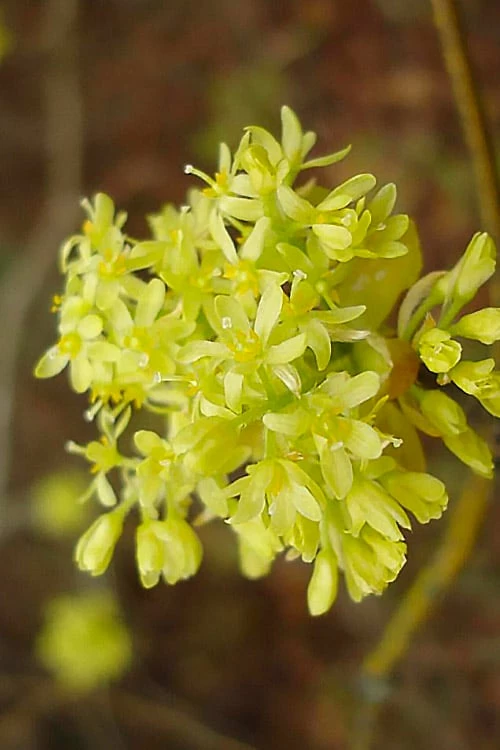
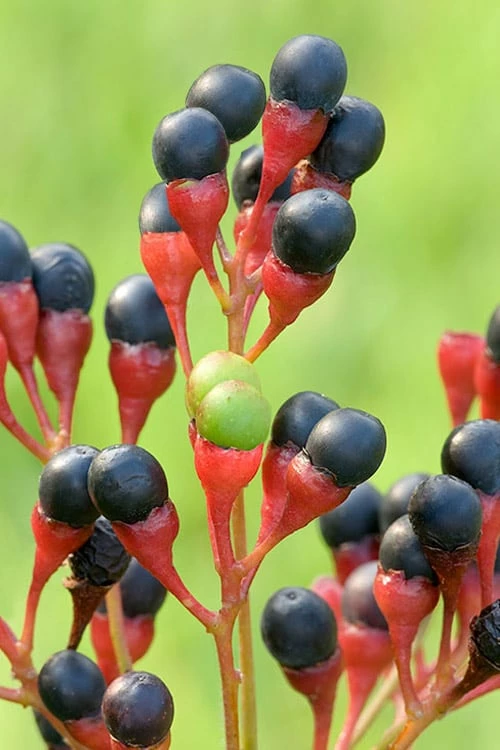


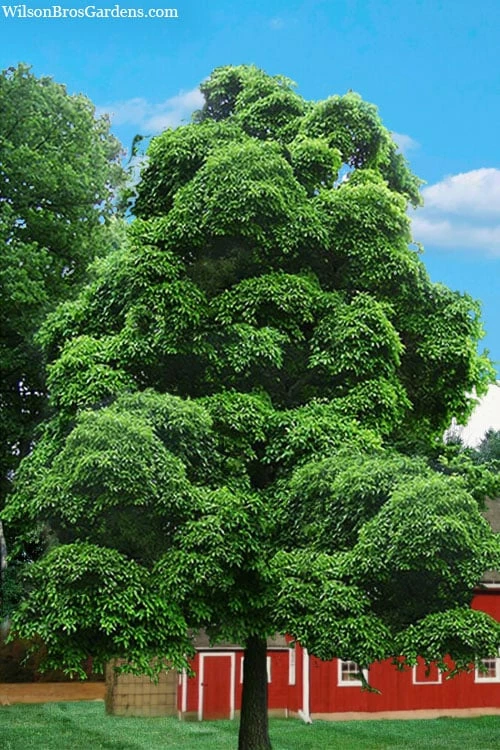
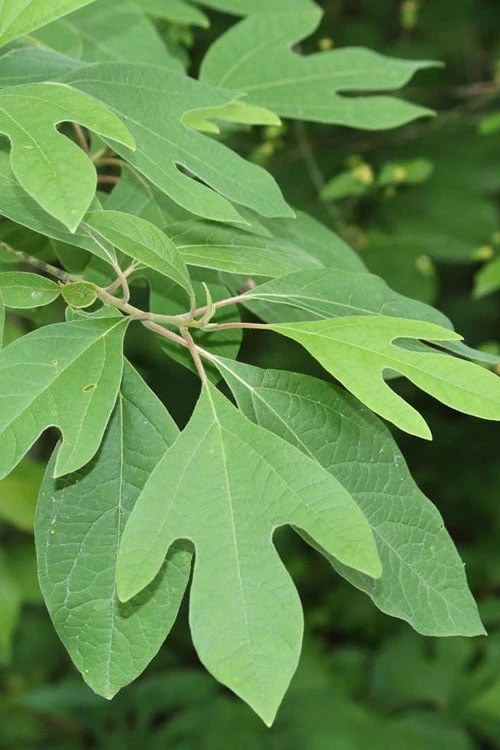
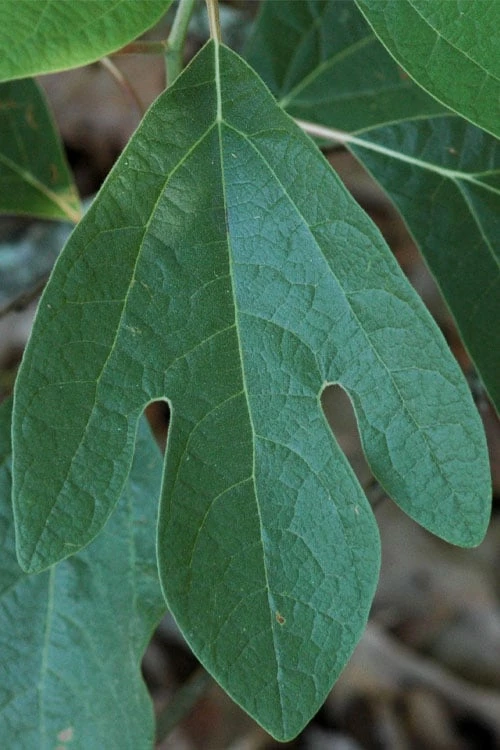
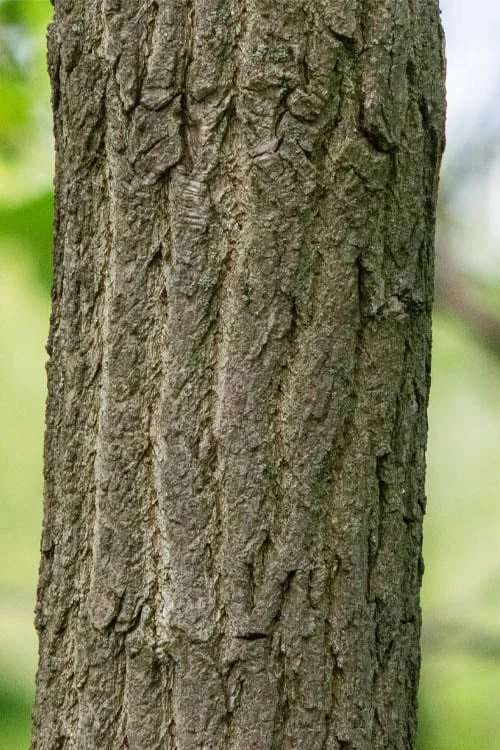
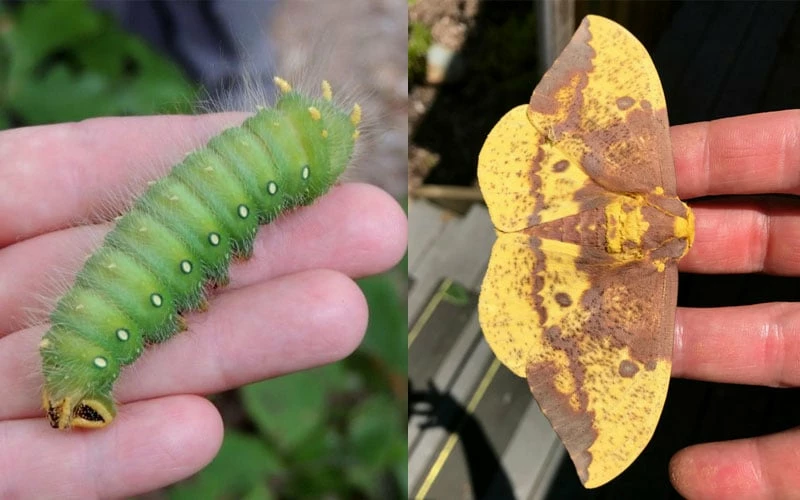


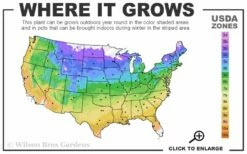

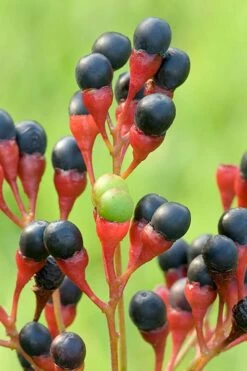

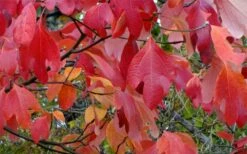
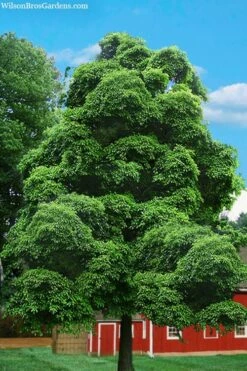

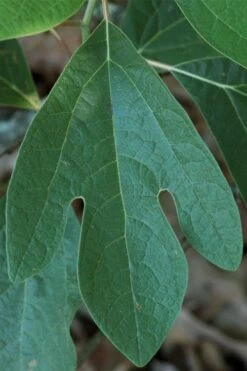
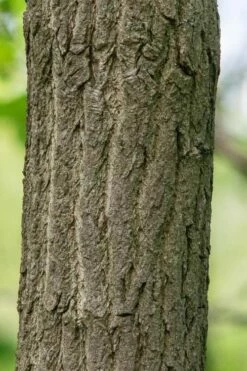
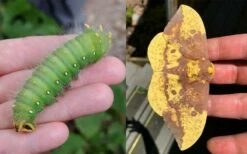
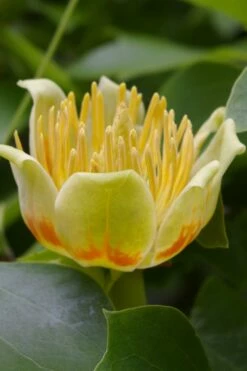
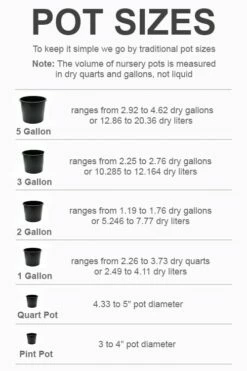

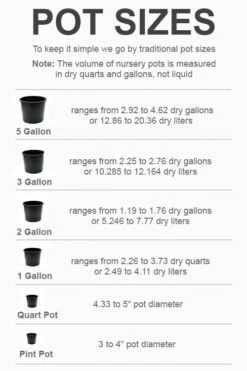
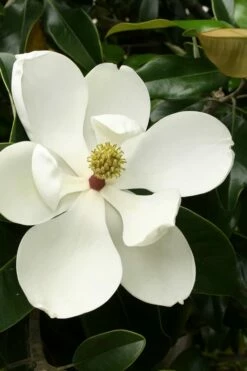
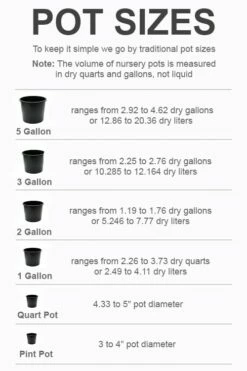
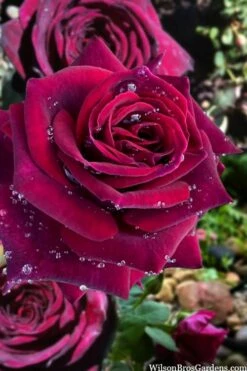
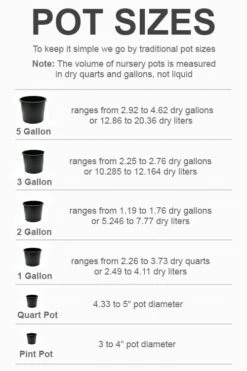
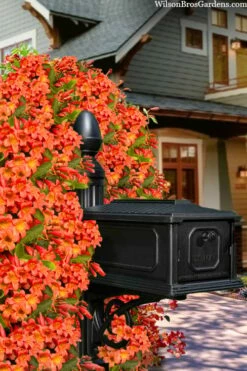
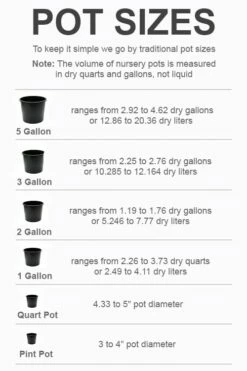

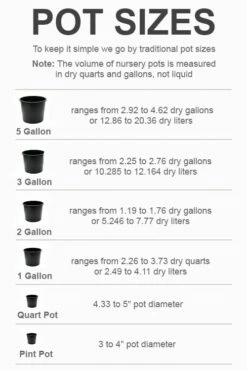
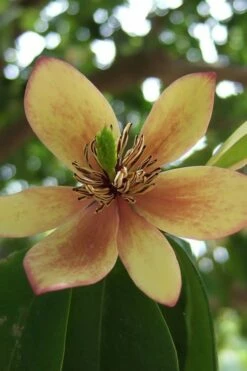

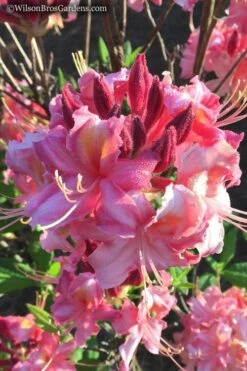

Reviews
There are no reviews yet.